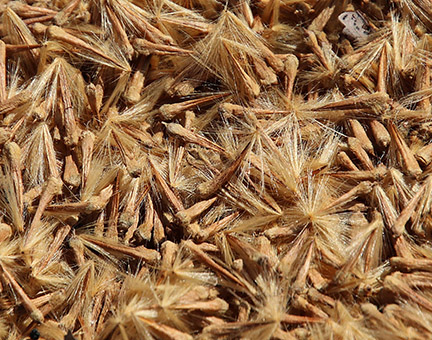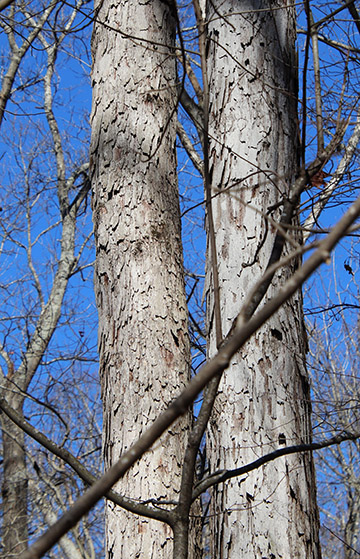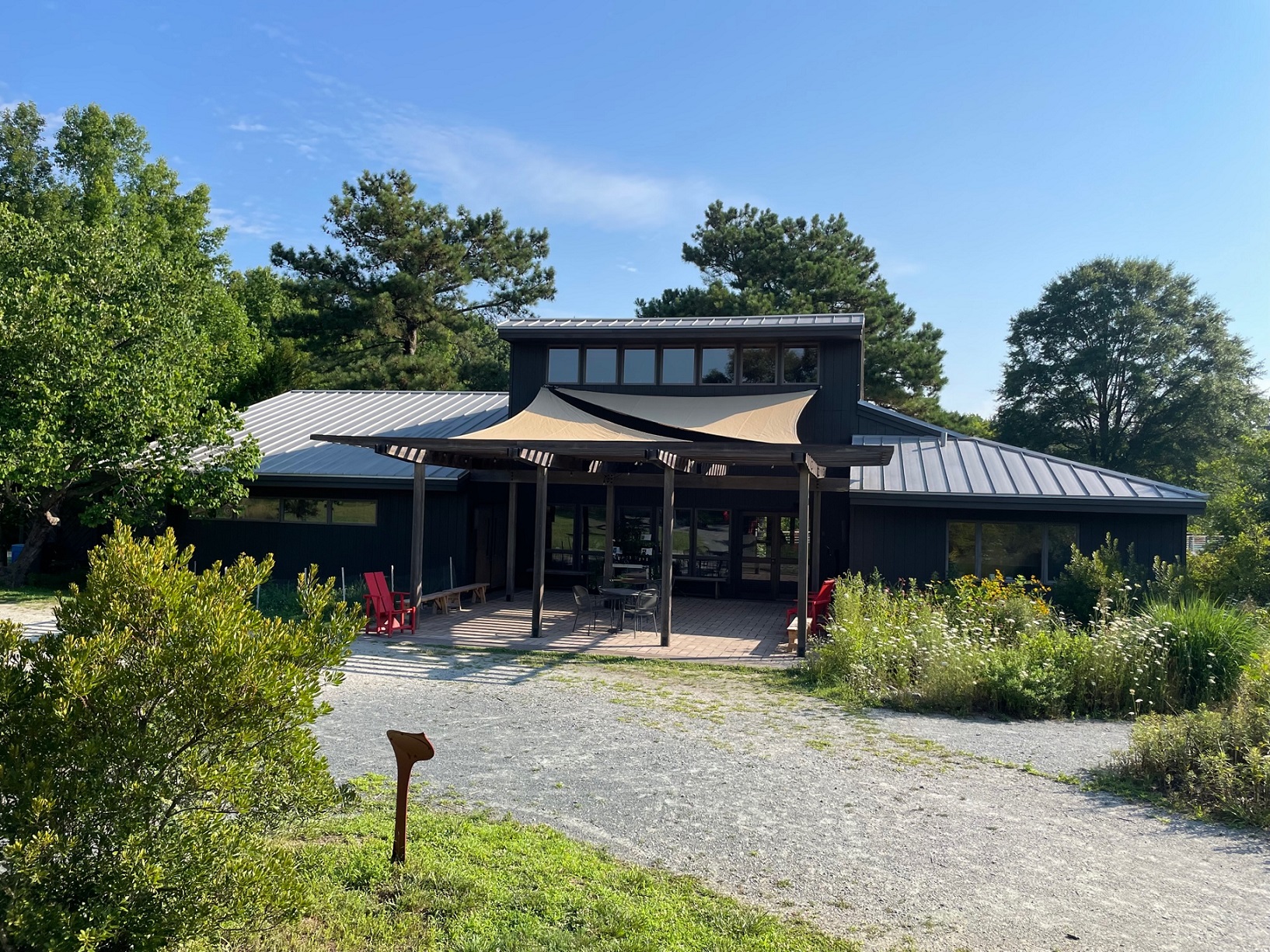Happy Mystery Monday! Can you guess what is pictured below?

The answer to last week’s mystery is white oak, Quercus alba, pictured below:

White oak trees are native to the eastern United States and are usually found in forested areas of dry slopes, valleys, and ravines. It is a large, slow growing, deciduous hardwood tree. White oak does not tolerate wet conditions and is best planted in well-drained sites with rich, moist, acidic loam in full sun.
White oaks are in the beech family, and can reach heights of 135′ with an 80′ spread. These massive and stately shade trees grow in an artistic, wide-spreading habit. The bark of the white oak is light gray, with shallow grooves and flat, loose ridges.
White oak is one of the hardest woods on the planet with beautiful grain. It is very resistant to decay and is one of the best woods for steam bending. A unique feature of the white oak is a honeycomb-shaped film in its cells called “tyloses.” Tyloses swell to fill the vessels of the wood so that they can no longer conduct water, which is why white oak is used to make containers for liquids, like whiskey and wine barrels.
Mystery Monday is sponsored by the Spy Newspapers and Adkins Arboretum.



Write a Letter to the Editor on this Article
We encourage readers to offer their point of view on this article by submitting the following form. Editing is sometimes necessary and is done at the discretion of the editorial staff.